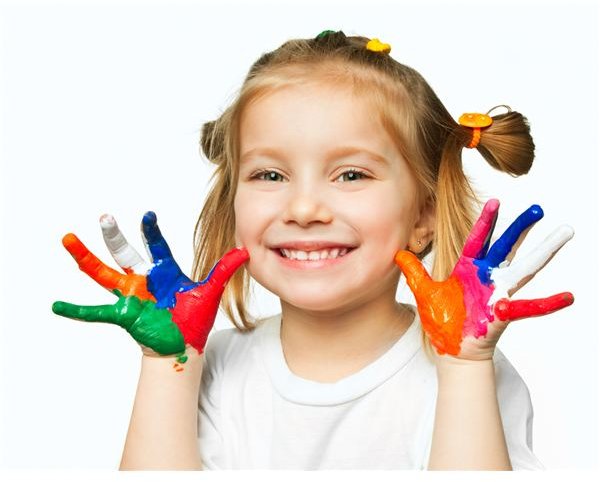Five Ideas for a Preschool Sensory Table: Ideas Your Kids Will Love
Preschool Sensory Table Ideas and Tips
A sensory table is a staple for most preschool classrooms. As the title describes, the purpose is for students to explore different materials using their senses: taste, touch, sight, smell and sound. Often times, though, we can neglect this useful classroom tool and don’t take the opportunity to allow preschoolers to do what they do best - learn through play and exploration. It’s too easy to simply pour sand into your sensory table and leave it at that. The sensory table is a great opportunity for preschool students to learn about the environment around them. Student-driven exploration and hands-on experience manipulating objects can lead to powerful learning in early childhood.
When coming up with your own ideas there are a few problems to consider. Often times, sensory tables can be quite popular, so setting a timer is a very good idea. Limit the number of students to one per each side of the table.
If water is being used, change the water frequently and add a teaspoon of dish soap each time. Always drain the water each afternoon and allow the table to dry completely before you refill it for the next day. This will decrease any chance of bacteria forming and contaminating your materials.
Avoid using objects in your sensory table that the students will like to eat, like cereal or candies. With so many little hands touching the material, the spread of germs is inevitable. Keep cross contamination to a minimum by requiring students to wash their hands before and after using the table. Consider the dangers of peanut and tree nut allergies if you use bird seed or nuts.
Be sure to go over the rules about how to treat the materials being explored; ie. not to be poured on the floor or taken out of the table, put into mouths, etc.
Penny Pick-Up
Picking up pennies is a great small-motor activity. And for just a few dollars, you can pour hundreds of pennies into the sensory table. Provide small containers, like empty film containers for children to use to store the pennies. The time spent exploring with the pennies allows the children to become familiar with the smallest of our denominations. You can show them the different sides of a penny. Make or download a large paper version of the penny and show the students some of the basic qualities that define the penny. Ask them leading questions to enhance their own exploration. Are the sides smooth or bumpy? What do you see on the penny? Can you put 3, 5, 10 pennies into a container? As with any activity involving small objects, supervise closely so that no pennies are put into their mouths.
Leaves and Acorns
In the autumn, take the students outside to look for signs of fall. Collect different colored and shaped leaves. See if you can fill a small container with acorns. Place these items into the sensory table and let the students touch and smell the items they found. Provide laminated pictures of the leaves and see if the students can identify and sort the leaves by tree species.
Melting Snowballs
If you have snow in your area, make and freeze enough snowballs for your entire class. Fill the sensory table with luke-warm water and allow students to drop their snowball into the water and watch what happens. You can also use icecubes. If you don’t have access to a freezer at school, use a cooler and pack it with snowballs and icecubes.
Holiday Cookies
Fill your sensory table with oatmeal (and flour if you don’t mind the mess). Drop in several cinnamon sticks, cloves, crushed or whole nutmegs and vanilla beans. Sprinkle holiday themed confetti for an added surprise. Ask the students what they smell, how things feel, and if it reminds them of anything. As an extension, you could write their answers on a large sheet of paper and display this near the table.
Surprise Sand
It’s not secret that preschool children love to play with sand. Add a handful of colorful confetti and some strainers so the children can work to strain the confetti and put it into small containers. Tell them you need help ‘cleaning’ the sand. Demonstrate how to strain the sand and find the treasures and where to put them when they’re done. After the timer buzzes, have them pour the items back into the table and cover or mix them up so that the next group of students can have a turn at cleaning the sand.
If you are studying rocks, you could put beautiful polished or interesting rocks in the sand. Try adding different kinds of beans and have the children sort them into different containers after sifting them out of the sand.
The sensory table is a wonderful tool for allowing students to explore with their five senses. Use these tips or come up with your own preschool sensory table ideas. Try to engage most, if not all, of the five senses: taste, touch, sight, sound and smell. You will be engaging their best strategy for learning - learning through play and exploration.
